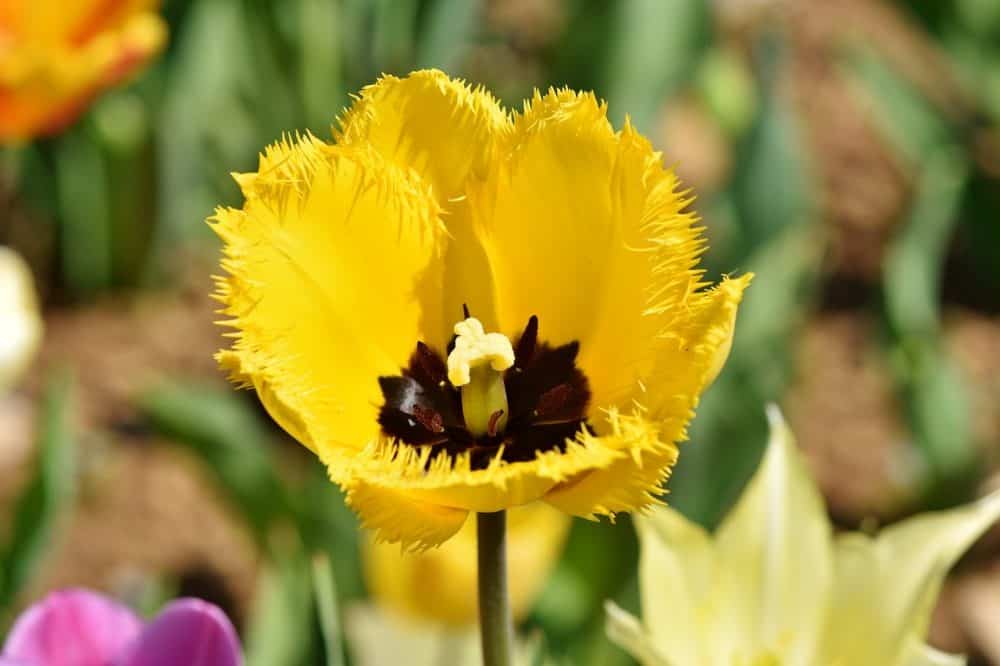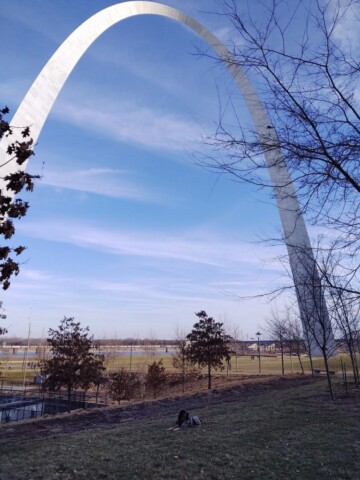Lawn Lime is applied to increase the pH and lower the acidity of your soil.
Use an accurate soil pH test to determine how much lime you need.
Apply evenly with a drop spreader in late fall for best results.
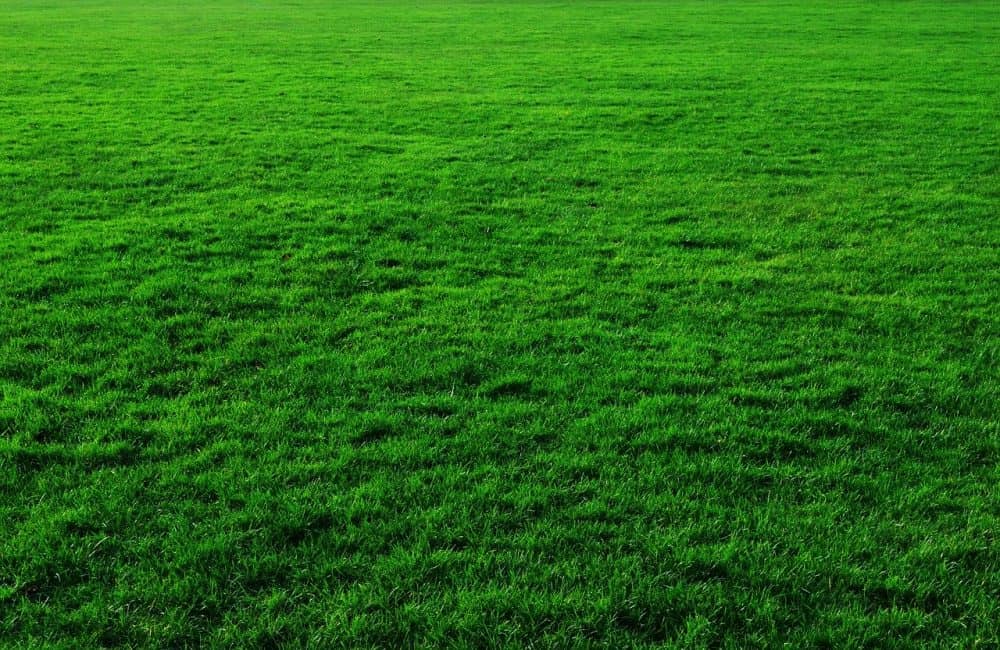
If you’ve spent any significant amount of time researching how to care for your lawn, you’ve probably come across the topic of lawn liming.
Maybe your neighbor told you to go get some "lime fertilizer", or that you need to put some lime on your yard every year.
You think:
“Ok, so I already mow my lawn and water my lawn, fertilize, aerate, and seed my lawn…now I have to squeeze citrus fruit on it too?"
Not quite.
Lawn Acidity and pH
One of the most ignored factors by homeowners when assessing the health of their lawn is the pH, or acidity level, of the soil.
The mass market commercial fertilizers used every day in this country by homeowners and lawn care companies alike severely lower the pH and therefore increase the acidity level of your lawn.
While this “sugar rush” of nitrogen to your lawn makes it look nice and green for a few weeks, it also drastically lowers the pH of your soil and kills many beneficial microbes and bacteria in the process.
Multiply this month after month, season after season, and over time your lawn’s pH level can fall into a very unhealthy range.
Increased acidity is usually the last thing diagnosed by the homeowner, who often tries to fix the problem with MORE acidic fertilizer and excessive watering when they see their lawn turning patchy brown and succumbing to fungus and disease.
Yuck.
If you are struggling to diagnose a problem with your lawn, it might just be related to its pH.
And besides cutting back on the commercial fertilizers, you can usually address this problem right now with a little lime.
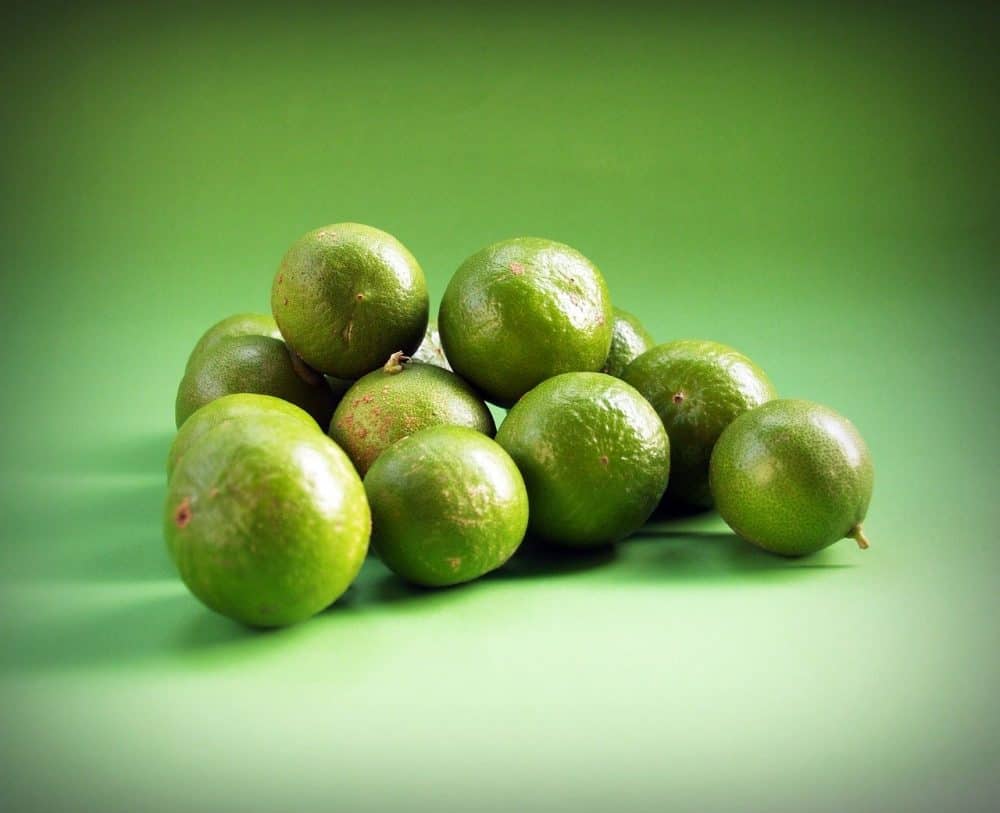
What is Lime and What Does it Do for your Lawn?

Lime is a soil amendment made from ground limestone rock. Limestone contains calcium carbonate and magnesium carbonate.
By adding lime to your lawn you are essentially adding calcium and magnesium and increasing the pH of your soil. Increasing the pH means you are lowering the acidity of the soil.
How to Test Your Soil for Lime
The main way to determine if your lawn needs lime is by measuring the pH of your soil.
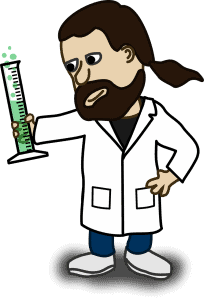
You need to know the pH level of your soil in order to know whether or not the lawn needs lime at all. If your pH is already high, adding lime could have some serious adverse effects.
There are multiple ways that you can go about testing your soil’s pH level. You can test your soil pH by getting a lime test, or as its more accurately known, a soil pH test.
Likewise, you can also hire a professional local lawn care company to test your soil for you.
If you do it yourself, you will need to make sure you get an accurate sample. Collect your soil from four inches below the surface and let it dry for about a day so that the water content in the soil does not dilute your pH reading.
Follow the directions on your lime test in order to determine the pH of your soil. Most lawns typically have a healthy pH level of between 6 and 7.
If your test indicates that your lawn is below that range, and therefore too acidic, you will want to apply some lime to your lawn.
How to Apply Lime to Your Lawn
Dolomite lime is a popular option to use on acidic lawns that are severely lacking in calcium.
Once you have your lime, you will need to spread it over your lawn. We recommend using a drop spreader, much like you would use to spread seed, to spread the lime evenly across your soil, walking back and forth in even, slightly overlapping rows until you have covered the entire yard.
Can You Put Too Much Lime on Your Lawn?
In short: Yes.
When you apply lime to your lawn, the lime is raising the pH of the soil and lowering the acidity.
While it is unhealthy to have a lawn that is too acidic, it is also unhealthy to have a lawn that is too basic, or, high in pH. Like most things in nature, a healthy balance is the key.
You are trying to get your soil’s pH back into that ideal 6-7 range.
Your soil test, as well as your lime packaging will likely tell you how much lime you need to apply based on the size of your yard and the pH measured during your soil test.
However, don’t expect your pH levels to change overnight.
After all, you are essentially spreading rock on your lawn and it will take a number of weeks and months for all of that calcium and magnesium to make their way into your soil.
So resist the urge to keep adding more and more lime because your pH hasn't risen. Add the amount of lime the test recommends and then sit back and be patient.
You may need to wait until later in the season, or even next season, to test again and get an accurate reading.
Other Mistakes to Avoid
Be careful around your flowers and plants when spreading lime. Heavy concentrations of lime can make the soil dangerous for some flowers and plants.
Some plants like soil that is more naturally acidic. If you lime areas where you have plants like azaleas or daffodils growing, it could impact their health.
When to Apply Lime to Your Lawn

Lime is best applied under cooler conditions in the early spring or late fall when you aren't mowing and your grass is not as actively growing.
In fact, one of the best times to apply lime is just before the first frost of the year. If you do it then, just before snow starts to fall, the lime will have a long period of time to absorb safely into the yard.
Although lime is fairly innocuous, as with any chemical, it can be dangerous in large quantities to pets and small children playing in the yard.
Make sure to water your lawn well and give the lime time to set into the soil before you get too up close and personal with your lawn again.
Looking for more Lawn and Landscaping Ideas?
Check out our collection of ideas to help you make your lawn the best it can be!
Lawn Care
- When is the Best Time to Plant Grass?
- What is the Best Grass Seed for Clay Soil?
- How to Overseed a Lawn Without Aerating: 6 Easy Steps
- The Best Organic Lawn Fertilizers – Buyer’s Guide & Reviews
- When to use Milorganite on your Lawn
Lawn Mower Maintenance
- How to Tell if a Lawn Mower Spark Plug is Bad: 4 Easy Ways
- How to Remove a Stuck Lawn Mower Wheel
- 15 Ways to Make A Lawn Mower Faster
- How to Balance Lawn Mower Blades

